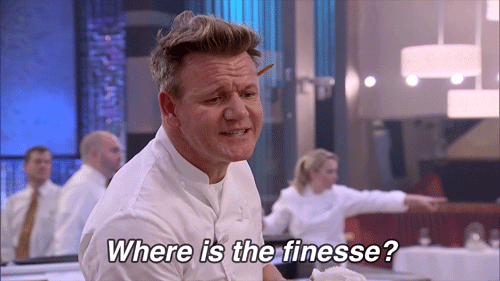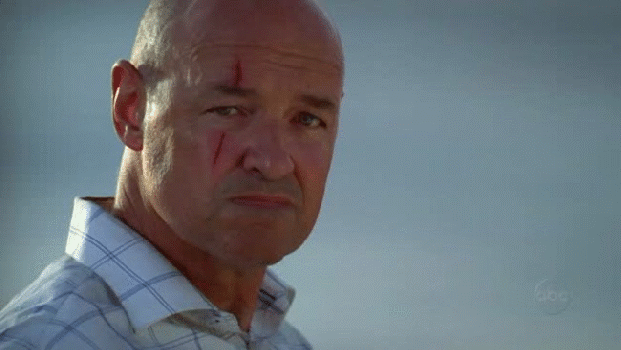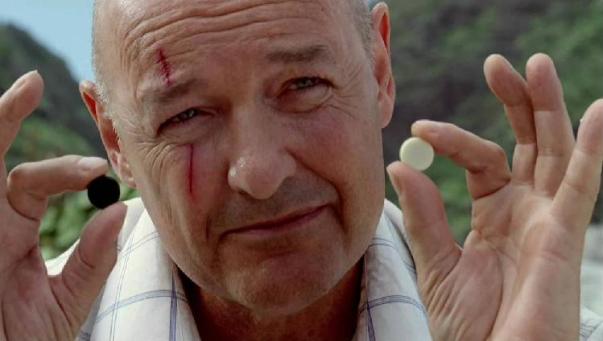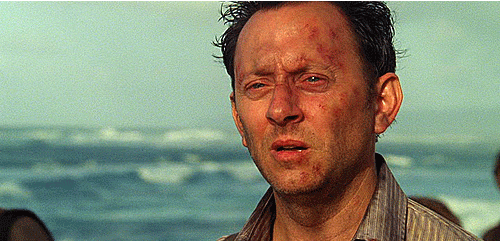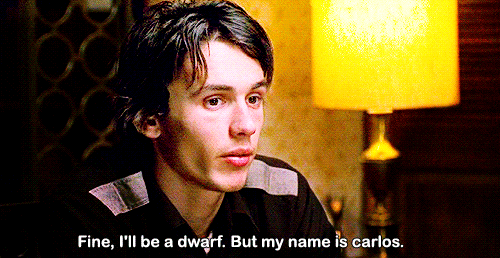Hello, lovely ladies and classy gents!
I’m excited to share the fourth part of my newest post series in which I explore how writers can use the five senses to engage the reader. The first three installments of the series addressed sight, hearing, and smell. A lot of readers found them to be valuable, so you’re welcome to check them out!
Today, we’ll be focusing on touch. I’ve selected excerpts from the works of fellow bloggers (with their permission) to show examples of each sense used effectively, as well as excerpts from my novel-in-the-works (with my permission) to show examples of my attempts to use each sense effectively. Buckle up for some sensory stimulation, grab a cold glass of orange Crush, and enjoy!
Touch
In the conventional sense, a touch is a transference. It is the taking of one’s palm and placing it upon another thing as to affect it. Not deviating far from the conventional conception of touch, a writer’s “touch” can prompt a reader to feel, to cry, to laugh, to delight, or to think, if only for a short while. But what does touch entail? Well, the heart of it lies with feeling. Describing touch is not restricted to detailing what one’s fingers feel while grasping something. Remember, the sense of touch encompasses sensation. Considering that a writer’s goal is to “touch” the reader, or impart sensation unto the reader, I think exploring how the sense can be stimulated can greatly benefit one’s storytelling.

Tapping into the reader’s sense of pain
It is challenging to make a reader feel anything for the fiction you write. Prompting a reader to feel a character’s grief, for example, is a grand task. Seeds must be sewn, nuance must be heeded, and space must be made for the reader’s imagination. There is significant value in channeling emotion from page to person, yet there exists a more immediate way to engage with a reader’s feelings through the sense of touch. How? Bring the pain.
A few months back, I shared an excerpt from my novel-in-the-works. The passage included a description of pain following a character’s reception of a knock to the jewels. What I didn’t expect was the overwhelming reaction to the description. Many who left kind comments on the post mentioned that element of the passage.
I already love Clarence! You have to admire a guy who can laugh after such pain! – By Hook or By Book
Loved their interaction- had just the right amount of humour and, well, pain. – The Orangutan Librarian
Excellent excerpt! I felt the pain a little too much throughout your writing. The focus on it was well done. – Transhaan
I certainly aimed to illustrate Clarence’s pain, but for it to have garnered so much attention by its own accord signified that some sort of connection was made between the readers and the writing. That’s a powerful thing, and it ought to be explored. I suppose the reaction makes sense. Every human knows physical pain, so expressing it in a graspable manner is likely to arouse something within the reader.
Fellow blogger Aimee Davis had me cringing at a particular segment of her short story, Chameleon (as a courtesy, I will mention that Aimee has included a trigger warning at the beginning of the piece, and understandably so. It is grim and mature).
It doesn’t take much for him to push her down. She is small and drunk. She falls against a sharp edge of his metal bedframe left exposed. It cuts into her back, but she ignores the pain and tries to stand, fists balled. She trips over her trembling knees and falls again, cracking her head against the corner of his bedside table.
Darkness.
– Aimee Davis, Chameleon
Ouch. The phrases, “falls against a sharp edge of his metal bedframe,” “cuts into her back,” “fists balled,” and “cracking her head against the corner” amalgamate to communicate raw pain. In seeking to touch the reader by means of pain, it is important to remember that one ought not to treat descriptive pain as a cheap trick. Davis’ piece is awash with residual hurt, and so I found the excerpt of pain featured above to be entirely fitting and appropriate. Jarring the reader just to spur a reaction is in poor taste.

Imparting Hot and Cold
Just like pain, sensations such as hot and cold are universal to the human experience. Experiences like bare feet on cold morning tile and the head-pounding heat of summer sun are points of commonality between people near and far. Because stories are reflections of the human experience, a writer can’t go wrong evoking such feelings to add a vivid layer to one’s writing. Check out the following excerpt from my novel-in-the-works.
The Gish gasped at the sight of a swirl of fire breaking away from the burning logs with unanticipated violence. The lash of flame roared as it charged at Clarence faster than he could consider falling away from it. He watched wide-eyed as a stroke of treacherous fire whipped at his face. The blistering heat of it threatened to scald his skin if it reached any further. The darting rope of fire yanked the sweat from his pores and he fell to the ground limp.
Clarence blinked. Sweat weighed heavy on his eyelids. He blinked and the world stung. He couldn’t do anything about the sweat creeping between his lashes, burning his eyeballs. He saw a red blur that he was sure was the sky. He saw brown circles. His head throbbed like a swollen geyser making to burst. He couldn’t breathe. His fingers went numb. Sound fell into itself. His head rolled to one side and Clarence smelled the mocking tartness of spilt berry stew. Then he felt nothing.
Did you feel the heat? Hopefully. Nudging your reader to feel the sensation a character feels can only enhance the richness of their reading experience.
Using Tactile Detail to Convey Information
Sometimes, the sense of touch is simply the sense of touch. Fastening details to a physical touch can convey a whole lot of information. Take a handshake, for example.
One can communicate emotions, intentions, and character traits through a simple handshake. Some details one can address when writing a handshake include…
- how the characters’ hands are oriented. Are their hands level with one another, or is one character holding his palm upward and the other downward Planet of the Apes style? Hand orientation can convey the status of the characters who are shaking hands.
- how firm the characters’ grips are. Are they squeezing hard, or is their embrace loose? Grip can convey underlying emotions harbored by those characters who are shaking hands.
- what the characters are doing with their free hands. Is one character placing his free hand on the other’s arm? Atop the other’s hand? On the other’s shoulder? Secondary hand placement can convey the proximity of the relationship shared by those characters who are shaking hands.
- how long the characters’ handshake lasts. Is the embrace brief, or does it last for a long while? Duration can convey the amiability shared by the two characters who are shaking hands.
- how the hands feel. Is one hand soft? Wet? Warm? Clammy? Callous? Hand quality can convey the lifestyles or emotions possessed by either character engaged in the handshake.

The list is not exhaustive, but it is a start. More importantly, it’s illustrative of the key point. While a touch can propel the plot, it can also reveal things about the thing or person being touched. Don’t neglect to articulate how things physically feel!
Final Point: One can stimulate the reader’s sense of touch by tapping into the reader’s sense of pain, conveying sensations such as hot and cold, and detailing touches to communicate information. Exploring these techniques can yield exciting results. Hopefully this post prompted you to think about a few fine techniques!
What do you think? Did any of these methods/examples strike you as effective? Fellow writers, how do you go about stimulating a reader’s sense of touch? I love hearing from you!
As always, stay classy.
~J.J. Azar







